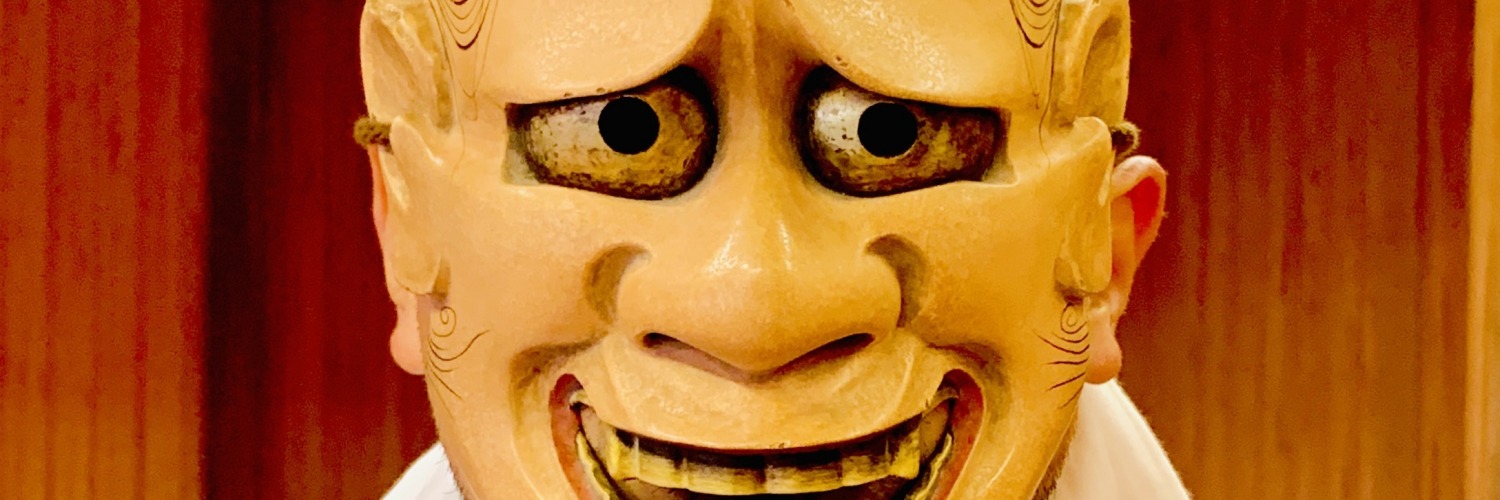Experience Living Noh in Kurokawa
Noh theatre is ostensibly a microcosm of Japan itself. Steeped in tradition, mysterious, exotic to outsiders and ultimately complex and fascinating. Alongside kabuki and bunraku, noh is an essential and widely regarded performing art with fans and performers all over Japan and even overseas. Noh has been part of Japanese performance culture for centuries with strict rules regarding who, where and how it is performed. In Kurokawa, a small village in Tsuruoka in Yamagata Prefecture, however, it is ingrained in the locals who have been performing its own, very distinct, style of noh for hundreds of years with generations of men being handed over the mantle from their ancestors. This is very much 'living noh,' with nearly everyone in Kurokawa being involved in the artform in some capacity.
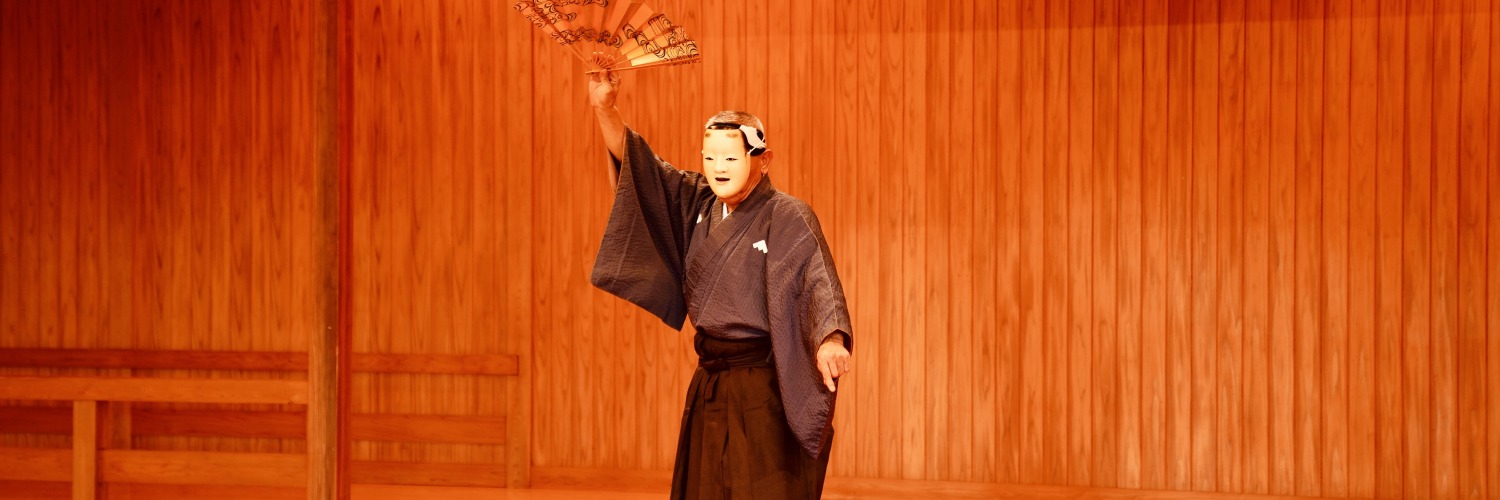
In February every year, the people of Kurokawa hold a two-day noh festival (Ogi Sai) with the two noh groups of the village, Kami-za and Shimo-za, performing noh productions all through the night in front of village people, guests and their peers. So special is Kurokawa noh that in 1976 it was declared an Intangible Cultural Asset by the Japanese government. Connected with a rich and long history with the local Kasuga Shrine, it's said that noh in Kurokawa was started to help support the shrine. The guardian god of Kurokawa noh is enshrined at Kasuga Shrine and the performances are held in its honor.
One of the genuinely unique points of Kurokawa noh is the use of two hashigakari or bridges which are used to enter the main stage. Most conventional noh theatres only have one, seen in other locations such as Denkoku no Mori in Yonezawa which makes use of a huge portable noh stage. It's worth the trip to Yonezawa to see this alone.
As visitors to Tsuruoka and the magical and intimate village of Kurokawa, you are allowed a special glimpse into the world of Kurokawa noh by training with the performers and understanding more about the importance of the costumes, masks and etiquette. Participants, in addition to working closely with the local performers, have the chance to observe the masters at work. It's a beautiful and rare chance to see, up close, noh theatre and the role it plays in Kurokawa. It's not just considered theatre here, it's part of the cultural fabric of life.
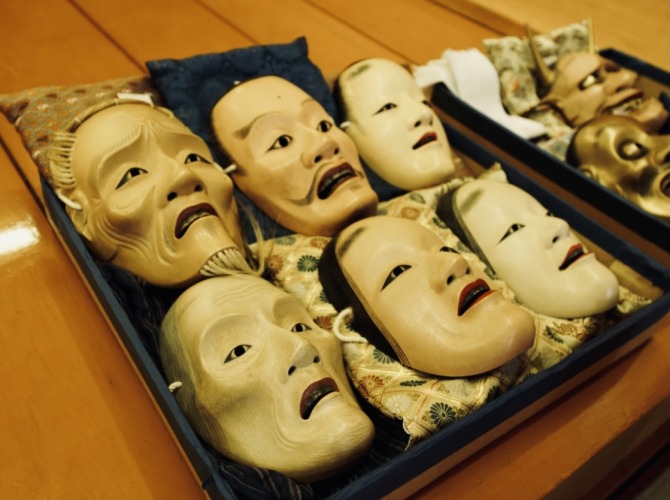
After watching an engrossing and intimate performance in Kasuga Shrine's theatre, participants in this tour are transferred over to a practice stage in the Denshukan building where they are mentored in some of the traditional techniques and movements central to Kurokawa noh. You are also dressed in the traditional costumes by experts and it's a real privilege to wear these shozoku or robes along with the ornate and incredibly powerful noh masks and fans. It's very rare for non-noh actors to have the opportunity to wear these costumes and have one-to-one training in this revered Japanese artform.
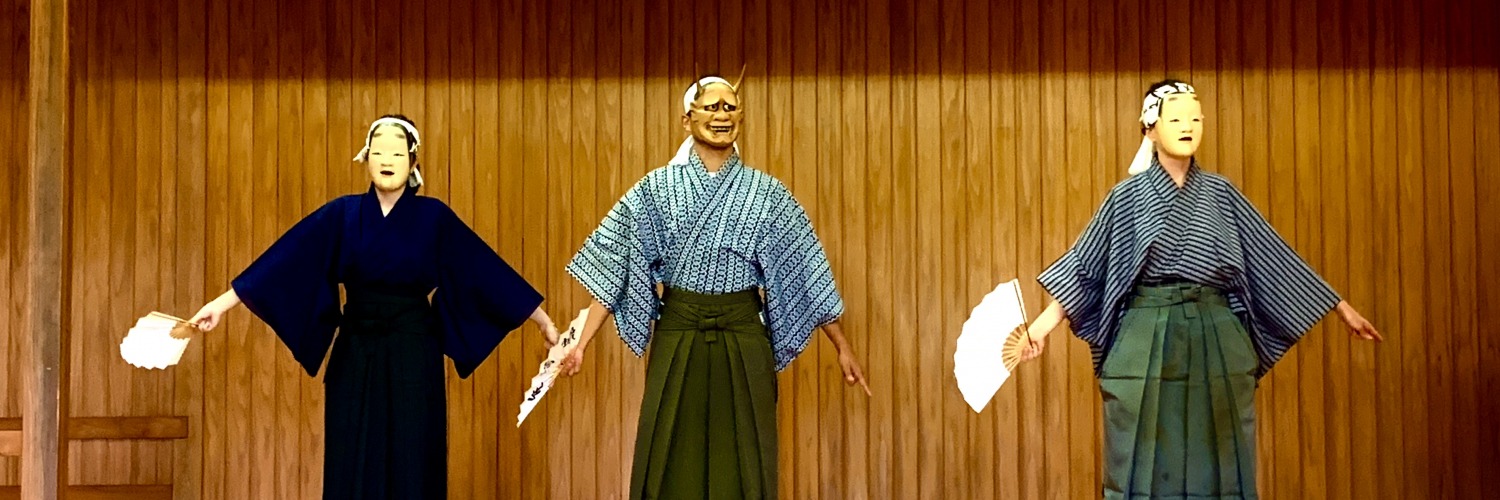
For lunch, participants are then treated to a unique tofu-based cuisine central to Ogi Sai. First up and most important is shimodofu or frozen tofu which uses more soybeans than orthodox tofu which makes it firmer, then it's frozen and skewered and finally grilled. In Kurokawa the rivalry between the two groups, Kamiza and Shimoza, even extends to food with Shimoza (which you can experience in this particular program) serving cold shimodofu in a hot broth flavored with soy sauce, sake and sansho (Japanese pepper). Other dishes on offer include kiriae which is made with mountain vegetables, walnuts and green soybeans marinated in soy sauce, seasonal local fruits and vegetables and delicious tsuyahime rice. Local food guide, Kaoru Akiyama, will introduce you to this profound culinary culture in Kurokawa village during lunch.
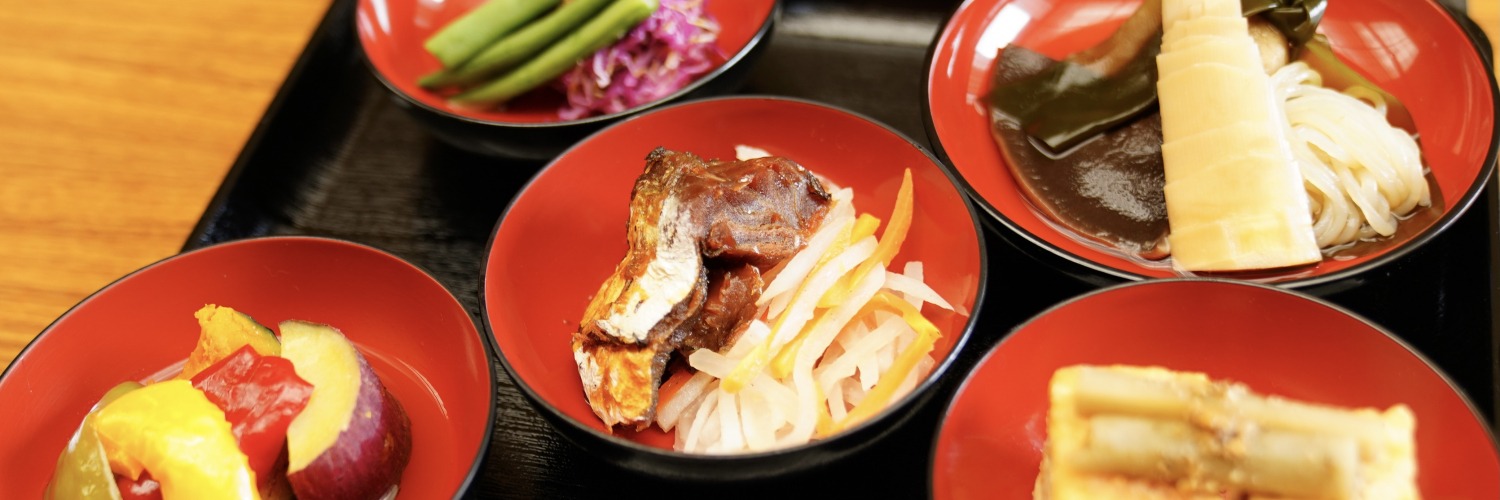
Kurokawa is a magical and historic area of Yamagata Prefecture and the townspeople are deservedly proud of their culture and traditions which have been passed down for centuries and are still being kept very much alive today. Kasuga Shrine, ornate and dramatic, is an atmospheric setting for noh theatre and visitors can feel the history and sense of pride when entering the theatre. It's a town and a living culture like no other and the tour here is truly unforgettable and one that lives on in you forever.
https://www.wondertrunk.co/news/6066/
By Paul McInnes(Japan Travel)
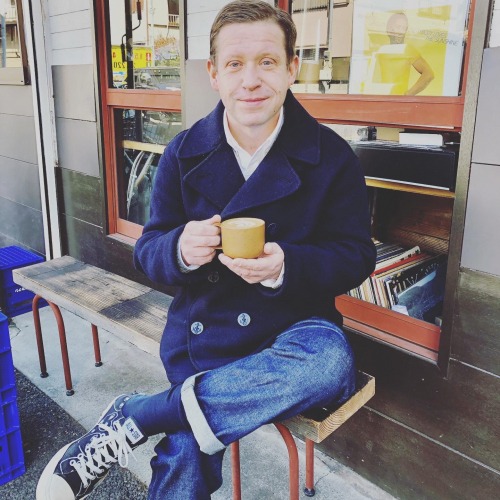
Tokyo-based journalist and travel writer.
